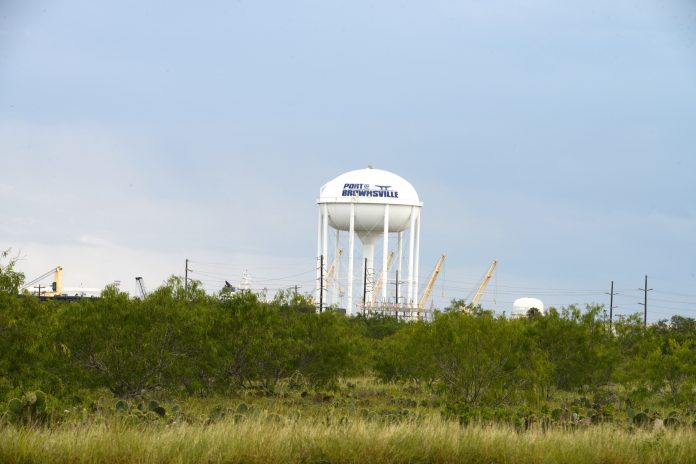
|
Only have a minute? Listen instead
Getting your Trinity Audio player ready...
|
A second liquefied natural gas export proposed for the Port of Brownsville has received final approval from the U.S. Army Corps of Engineers and the Texas Railroad Commission, moving the project a step closer to a Final Investment Decision (FID) to proceed with construction.
Texas LNG, a subsidiary of Glenfarne Energy Transition LLC, would be capable of producing up to 4 million metric tons per year (MTPA) of liquefied natural gas for export to foreign markets. The project received final permitting from USACE and railroad commission under the Coastal Zone Management Act of 1972 in January.
Texas LNG received conditional approval by the Federal Energy Regulatory Commission (FERC) in 2019, though in 2021 the U.S. District Court of Appeals for the District of Columbia ruled that FERC failed to conducgt an adequate analysis of “climate and environmental justice impacts,” in violation of the National Environmental Policy Act (NEPA) and the Natural Gas Act, according to the Sierra Club.
The environmental groups had filed suit against FERC over its approval of Texas LNG and Rio Grande LNG, a much larger LNG project proposed for the port on which construction is already underway.
In April 2023, FERC issued orders of remand in a 3-1 commission vote, reaffirming the two LNG projects but “without adequately addressing the deficiencies identified by the court,” said the Sierra Club.
Glenfarne founder and CEO Brendan Duval said that with the USACE and railroad commission permits and contracts for natural gas liquefaction services (500,000 MTPA with EQT Corporation) in hand, the company anticipates rounding up buyers for its remaining capacity the first half of this year.
Texas LNG said it also expects to close its project financing this year and begin construction soon thereafter, with the first LNG exports expected to leave the port in 2028. Texas LNG is partnering with energy company Baker Hughes and digital technology firm ABB to help develop the liquefaction plant/export terminal.
“Texas LNG was designed to be one of the lowest-emitting export terminals on the planet, providing reliable, responsibly sourced U.S. LNG that can help fuel the global energy transition to renewables and reinforce energy security,” the company said.
Meanwhile, the Sierra Club and other organizations recently filed a motion with the D.C. District Court requesting a stay to stop construction of Rio Grande LNG, which announced its FID last July and has already commenced work on the project’s 984-acre site at the port. Rio Grande LNG is a much larger project than Texas LNG, with a total phase-one capacity of 27 MTPA.



